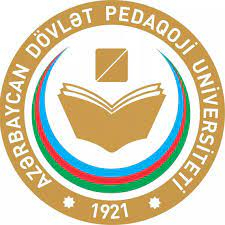The Factor of Synesthesia in the Expression of the Author's Linguistic Identity – As an Indicator of Perceptual Specification
Banovsha MammadovaDOI: https://doi.org/10.48445/k8528-1913-8667-v
ORCID ID: https://orcid.org/0000-0002-2578-1363
Date: 30 May 2025
ABSTRACT
One of the
most interesting aspects of the representation of language identity in the
format of a work of art is related to the facts of intermediality, which appear
as a manifestation of the individual idiolect and ideostyle of a particular
writer. It should be noted that the phenomenon of intermediality, which is
directly conditioned by the specificity of perception, is regulated by the
technology of processing information acquired from the surrounding world and
received by the sensory organs. Thus, there is no doubt that in people with a
synesthetic perception style, this intercultural connection is more clearly
manifested and that this phenomenon is directly related to the perception
model. From this point of view, it is quite understandable that the field of
interest of the theory of language identity is rooted in the realities of
language and thinking related to neurophysiological processes. The article
comments on the features of synesthetic perception in the language identity of
Azerbaijani and English-speaking writers and uses specific examples to
substantiate them.
KEYWORDS
language
identity of the author, synesthesia, perception factor in language, language in
the intercultural concept












































